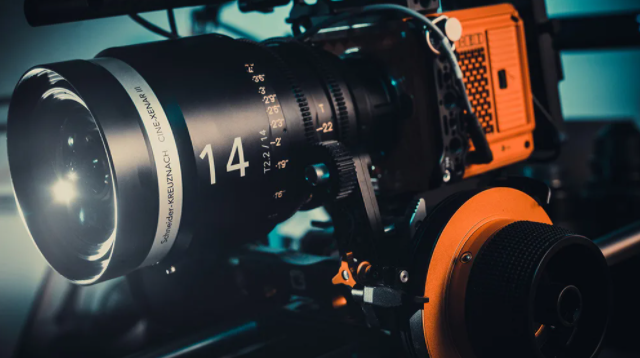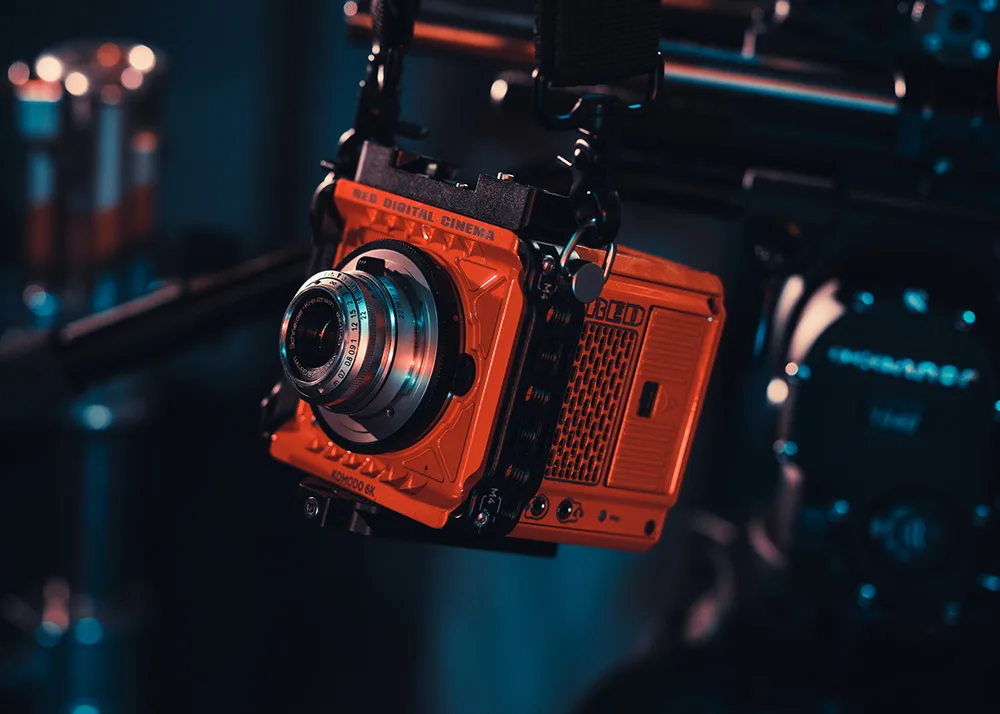Enter the RED Komodo 6K S35
By Adam Noyes
One of the most talked about upcoming products in the cinematography and production world this year has been the RED Komodo 6K. And it’s finally on the way.
Check out some highlights from this article from provideocoalition.com below.
I was fortunate to pick up one of the first early orange models of Komodo in late spring of 2020. For the first few weeks after that, nearly every minute of the day people were asking all sorts of questions about the camera. What does it do? What does it work with? How can I rig it to film this? That curiosity was partly because of the mystery that had been surrounding the camera. President of RED Digital Cinema Jarred Land had been dropping teases all along the way to Komodo’s release. That’s also why my experience with it became a process of discovery to uncover just what Komodo does and what I could do with it.
Komodo 6K Impressions
Once the full reveal occurred, things became a bit more solid, tiny, and very cubic in nature. RED Komodo is a 6K 40fps compact digital cinema camera. And when I say compact, I mean it’s essentially a 4x4x4 inch cube that weighs less than 2lbs with nothing on it. That alone wouldn’t be too interesting as there are small cameras out there, but there are a few things that set Komodo apart and put it in an alarmingly unique place in the professional camera market.
First and foremost is the sensor technology. It’s a 6K 17:9 aspect ratio high dynamic range global shutter sensor, which is a pretty new concept for global shutter tech in cinema applications. Previously, global shutter sensors had pretty low dynamic range and not-so-great color performance, which kept them off of sets. That’s not the case with Komodo, in fact it’s inheriting a lot of the advancements of it’s bigger DSMC2 camera brothers with some notable improvements as well. This sensor removes rolling shutter artifacts (jello cam) and is highly useful when filming handheld, action, gimbal, or similar fast motion. Equally potent is how it can remove strobing artifacts while also having a full image readout. That’s incredibly valuable for those syncing cameras together.
Not to get too technical, but Komodo’s sensor is a new design and with that comes a new Color Science Filter which also is designed for a very pleasing Highlight Roll- Off and natural color response. It also removes some optical artifacts well known to filmmakers when shooting at deeper apertures with bright sources. This is an achievement and opens up some wonderful creative possibilities.


